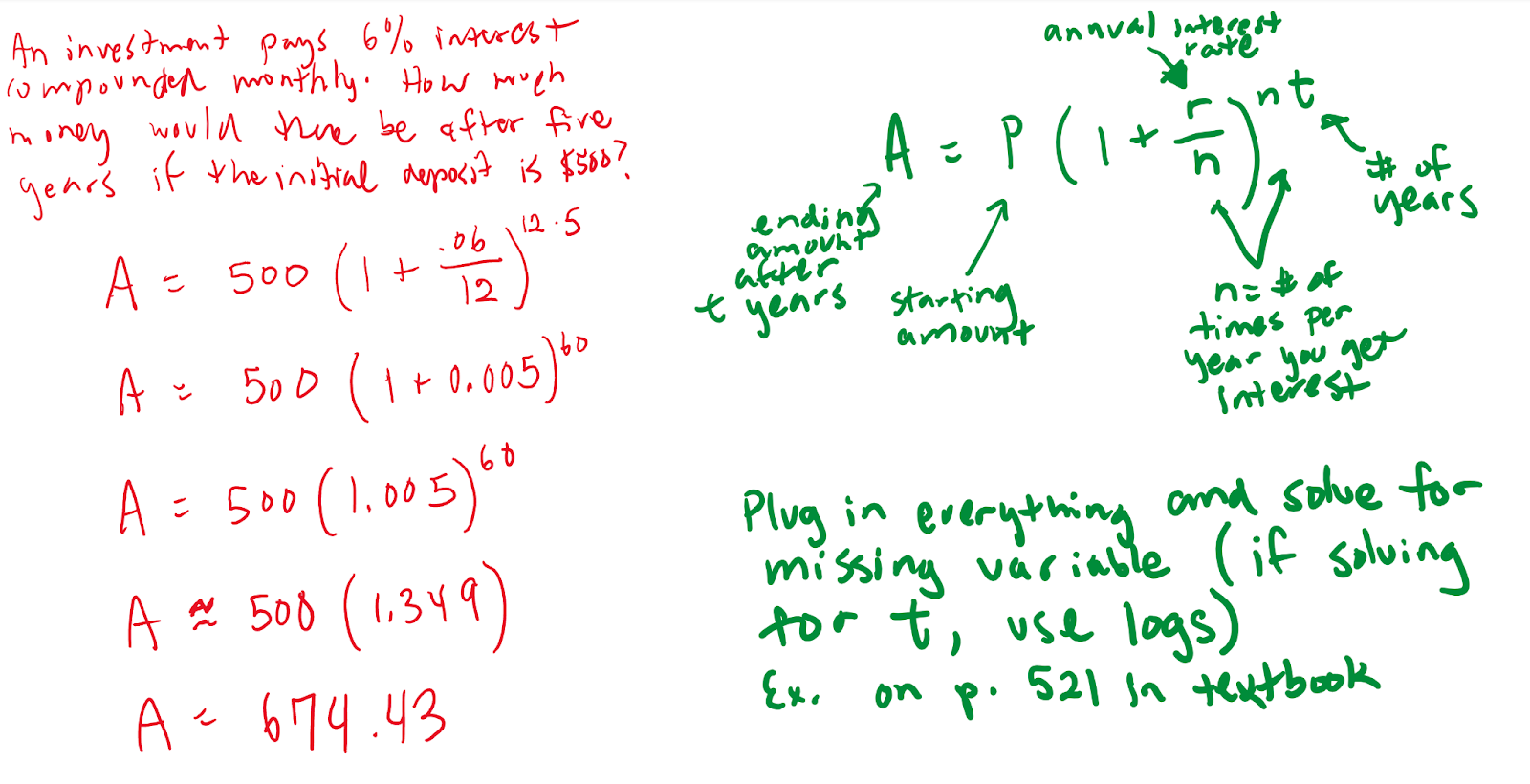ESM Welcomes College MatchPoint to the Team! Learn More

No one really ever teaches you to take notes. You’re just left to come up with your own system.
In the worst case scenario, your early iterations were ineffective, and you didn’t really see the point of taking notes, so you stopped altogether. When note-taking is at its best, there are many benefits: you’re actively engaging with the material, you’ll remember it for longer, and you’ll have an invaluable study guide.
Try out these tips and see how your studying becomes more effective.
The most important tip is to make notes that are customized for you. What you don’t want to do is just end up making a redundant version of your textbook or an exact copy of what your teacher wrote on the board. Are your notes really that great if opening your textbook or looking at a picture of the board already beats what you have in your notebook? Instead, think about what is problematic for you and focus more of your note-taking on that.
Your teacher might show a four-step problem. But if you know that you’re usually stumped on how to start a problem, while the algebra is a piece of cake once everything is set up, then you should spend most of your time taking notes on Step 1. You might break it up into sub-steps, write in explanations in the margins, or even go as far as not taking notes on the last steps so that you can spend the time on what will be useful to you.

If you only had time to do one of the versions of notes above, which would be more useful to you?
One of the most common challenges math students face is when they know all these techniques but not when to use them. If you find yourself able to nod along to your teacher working a problem but get a mental blank when you try it on your own, ask your teacher “How did you know to do that?” and write their answer down in your notes. Sometimes, your teacher will be explaining as they solve, and what they’re saying is more important to copy down than what they’re writing on the board! If it helps, think back to two-column proofs in geometry, when you had to justify every step with a reason. Try doing that in your notes and you will thank yourself later for making such a thorough study guide.
Remember that many theorems and techniques need certain conditions to be met before they can be applied. It is important to write these in your notes too. For example, if you’re learning about the Pythagorean theorem, don’t just write a2+b2=c2. You should add that this works for right triangles only. After seeing an example, you might add a note like “use this when you know two sides of a right triangle and want to find the third side”. Then, when you come across a problem that mainly deals with angles in a triangle, you’ll know not to bother with the Pythagorean theorem and try to think of any techniques with the note “use this to find a missing angle…”
I hope this gets you started on the path to taking more effective notes. We are trying to work smarter, not harder. If you feel like you are just transcribing notes in class without really understanding what you’re writing, then you should reconsider your approach to note-taking. Focusing on just writing down key takeaways will force you to listen and process what your teacher is saying. You’ll learn a lot better that way than spending class time doing mindless transcription and then time at home trying to teach yourself the material with notes that you’ve written but don’t understand.